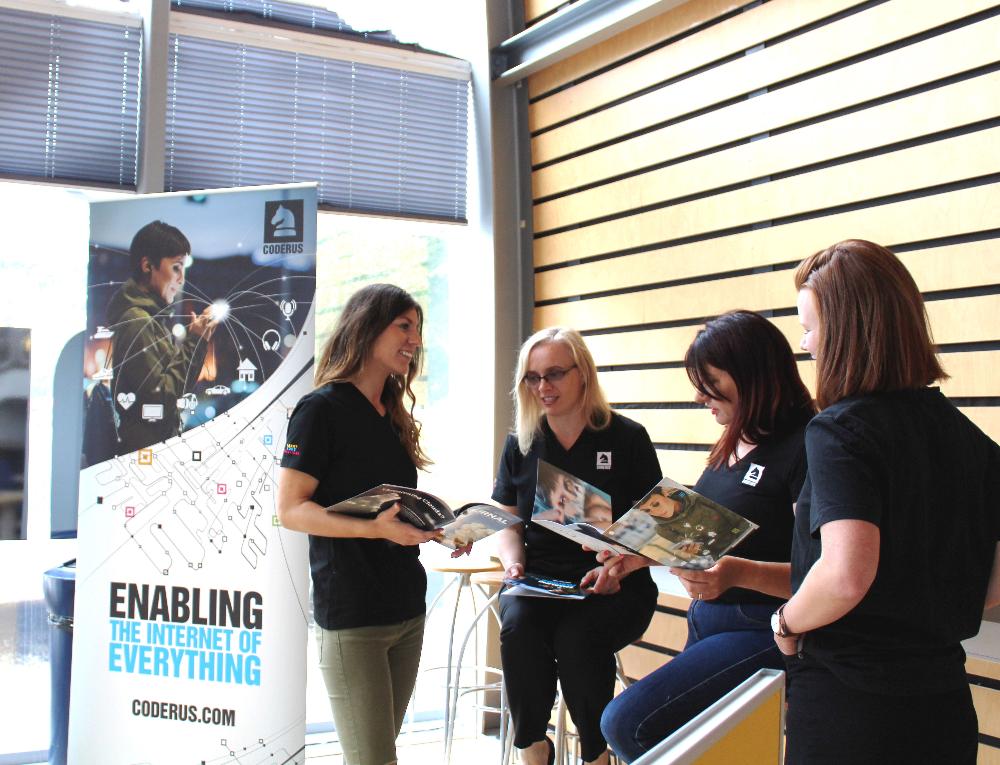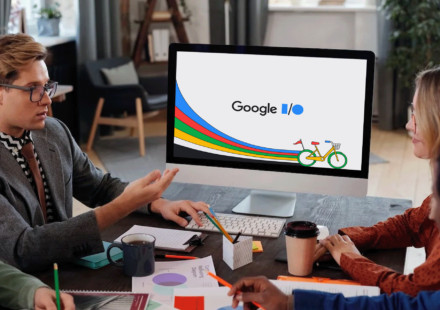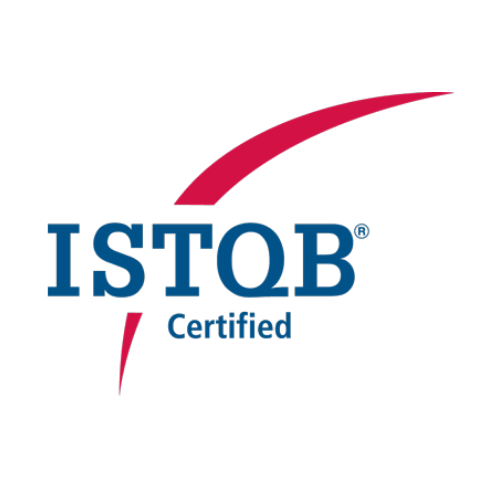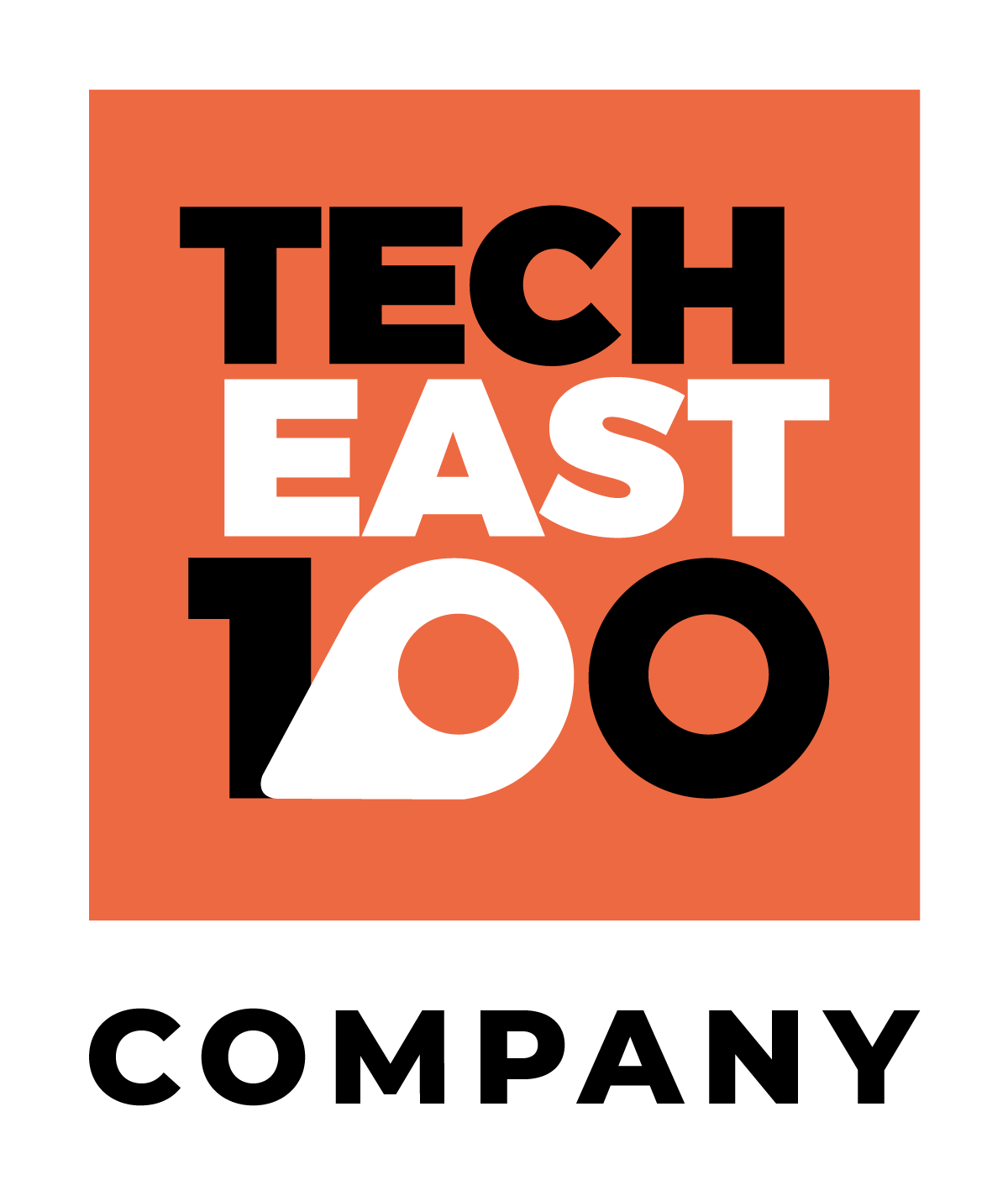
It’s no secret that the tech sector is a male-dominated world, but why? How do we fix the problem? The Coderus team look back at the history of women in tech as well as some more recent stats to work it out.
Ancient History
The person dubbed to be the first-ever programmer was a woman. Her name was Ada Lovelace, and she was born in 1815. Her mother encouraged her to study hard at mathematics at a young age to deter her from becoming like her “insane” father – incidentally the poet Lord Byron – and not only did she love the subject, Lovelace was a genius. Despite living in a world where a woman could still not legally own property, let alone get a bachelor’s degree – intelligence was seen as “unfeminine” and even dangerous – she was recognised for her work by many other household names, such as Michael Faraday, Charles Dickens, and Andrew Cross. She met Charles Babbage in 1833 through a mutual friend, and eventually spent nine months writing notes on his proposed analytical machine, a general-purpose computer. Included in these was a method for calculating the Bernoulli numbers if the machine was ever produced; this is said to be the first code ever to be written.
A Hidden Past
Despite this promising start for women in tech, the ‘enchantress of numbers’, as she was called, is one of few lone female wolves of science at the time. After Lovelace’s death in 1852, it was another 66 years before women even had the right to vote, so the struggle for the most basic equality was a slow one. Women were struggling in all job sectors, so it’s not really a surprise not many turned to science when it required such extensive (and expensive) education. Then during World War Two notably, with so many men missing, there was a large rise in women working in the tech sector – despite the fact they were paid basically nothing for being skilled computer programmers, as they would be recognised as today. But how many women have you heard of? It is almost like they were written out of history – irrelevant, despite their talents. As depicted in the film Hidden Figures, this continued into the 1960s, with the amazing skills of the African-American women at NASA going ignored for so long despite their help in putting the first man on the moon.
Underpaid, subject to an unreal amount of sexism and next to no credit for their hard work, it’s no wonder women wanted to avoid the tech world. The number of female computing professionals started falling, with the percentage of women at 26% in 2013, as opposed to 35% in 1990. With no women visibly excelling in the industry, there were no role models for young girls thinking about pursuing the tech. The number of women earning bachelor degrees in computer science was declining, hiring companies were favouring men, and the work environment was an intimidating and unpleasant place for women.
The Modern Tech Sector
What about now? Is this still the case? Whilst hopefully things are improving, we still have a long way to go before we have equality in the tech sector, with women only making up 30% of the ICT workforce worldwide. Even within this number, women are 45% more likely to leave the industry after one year, with their reasons being they feel isolated and unsupported, and on average they are still getting paid less than men for the same roles.
It’s not all doom and gloom, however. We have a select number of role models at the forefront of the industry who are paving the way for other female leaders, including Susan Wojcicki, the CEO of Youtube, Angela Ahrendts, the Senior VP at Apple, and Sheryl Sandberg, the COO of Facebook. Chosen by Zuckerberg at a Christmas party for a role he wasn’t hiring for in 2008, Sandberg was the first woman to be on Facebook’s board. As well as her huge career success in the tech industry, she does a large amount to promote women in business and get more girls interested in STEM subjects at school, such as her 2010 Ted Talk, ‘Why we have too few female leaders’ and her first book, ‘Lean In: Women, Work and the Will to Lead’, released in 2013. She also spoke out last year about the gender pay gap and how we can work towards fixing it.
Within Adastral Park itself, we have our own female leaders, including Nicky Daniels, Head of Innovation Martlesham, and Lisa Perkins, the director of Research and Innovation at BT. Both women are highly established within the tech sector and are excellent role models for women coming into or already working in the industry, so we are very lucky to have them working onsite.
There are also a number of organisations out there promoting and supporting women in tech, such as Girls Who Code, Girl Develop It, and Girls in Tech. Providing courses and resources for women is massively important, but these organisations also provide a sense of community. This reduces the alienation women in the tech sector feel. They are driving forces for good in terms of producing more role models for young girls and inspiring them to choose a STEM career.
Coderus tries to contribute in its own way to the support of women in tech. One of the biggest examples is being a proud supporter of the Creative Computing Club, run by Matt Applegate. Although his club is for children aged 8-16 in general, he’s proud to promote his club to girls interested in tech and has many coming to the different CCC events. The club is a friendly, informal learning environment and he hopes to inspire all young minds, not just the boys!
Events like the annual DevelopHER awards are also incredibly important for their promotion of women in the tech sector, recognising exceptional minds and up and coming talent from across the industry, whether that be developers, testers, entrepreneurs or designers. It aims both to nod to those doing well, but also inspire all women working in the industry and those who want to, again giving the needed sense of support from a community. Coderus, for three years now, is proud to be a sponsor of this year’s DevelopHER awards as well, taking place this November.
We are always open to more women joining our growing team – in recent years we have had two female interns from the University of Essex, including Anca Sticlaru, who is featured in this video from UoE, promoting women in tech. We also employ two permanent female test engineers, as well as our all-female back office team. However, there is a distinct lack of women applying for tech roles, and this is where the problem lies.
As Alison Thomas, HR director at Coderus says “All of our opportunities are available to both sexes and we actively encourage women to apply for our roles, but sadly we rarely receive applications from women. We hope with events like the DevelopHER Awards women realise their potential within the industry.”
At Coderus we believe technology is only as good as the people it supports and the lives it benefits. But what good is that if the industry itself is neglecting half of its talent pool? We may specialise in mobile and embedded solutions, but we also look to help provide solutions within the community. As Sheryl Sandberg said, ‘no industry or country can reach its full potential until women reach their full potential’.























